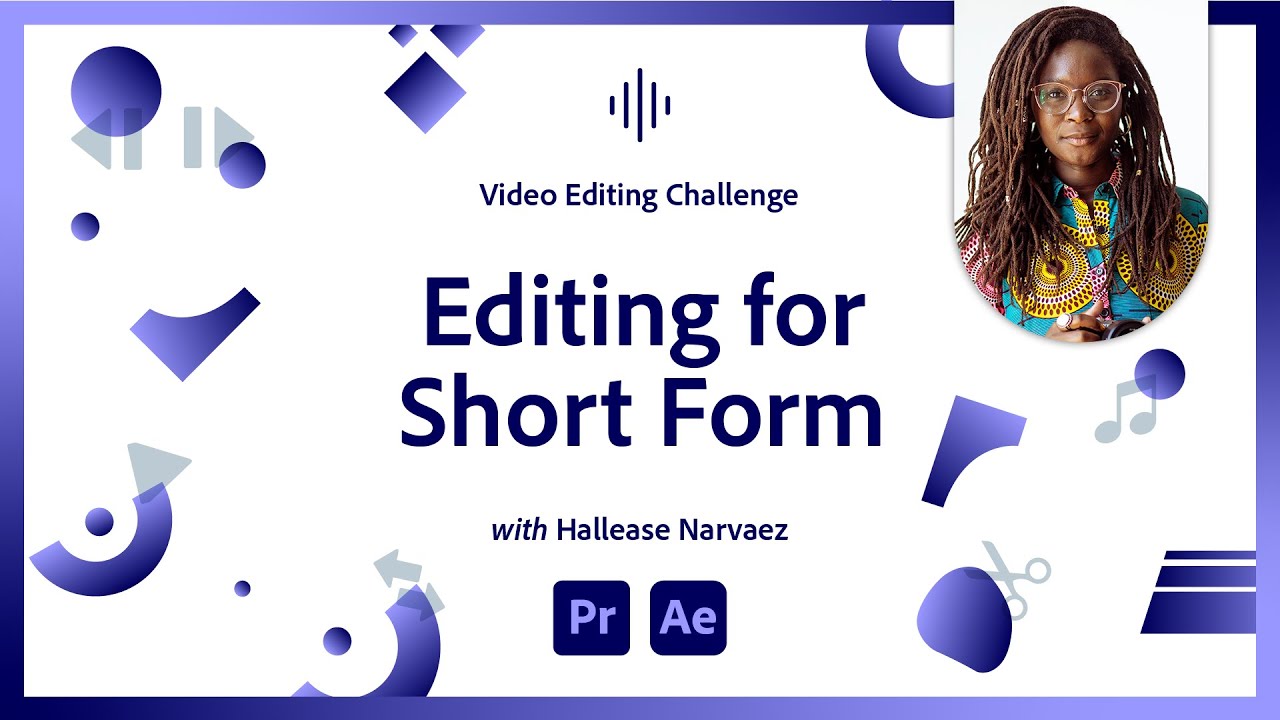19 Mixing Tips I Wish I Knew 20 Years Ago
Summary
TLDRThis comprehensive video offers 19 invaluable mixing tips that every music producer should know. The presenter shares hard-earned insights gained over decades of experience, including listening to great mixes, understanding frequencies, using the mute button effectively, balancing levels and panning, and embracing subtractive EQ. Other key tips cover compression techniques, mixing buses first, getting the source tracks right, mixing quickly and often, working in context, saving vocals for last, bypassing plugins regularly, and seeking feedback. With a focus on practical advice and real-world examples, this video promises to be a game-changer for anyone looking to elevate their mixing skills.
Takeaways
- 😎 Listen to great reference mixes regularly to train your ears and identify issues in your own mixes.
- 🎚 Study and understand different frequency ranges to improve your mixing skills.
- 🔇 Use mute buttons to isolate and identify problem areas in your mix.
- 🐓 Pay attention to physical reactions like goosebumps, as they can indicate an emotional connection with the music.
- 🧱 Start with a static mix, focusing on levels and panning before applying plugins.
- ⚖️ Aim for balance in levels, stereo field, and frequency content.
- 🔊 Turn up your speakers instead of clipping the master bus when mixing.
- 🚫 Know when to leave things alone and not over-process tracks that sound fine.
- ➖ Use subtractive EQ (cuts) more than additive EQ (boosts) for a cleaner mix.
- �windchime EQ your reverbs and delays to avoid muddiness.
- 👍 Don't be afraid to use compression aggressively, but don't compress everything.
- 🚌 Mix the buses first, then refine individual tracks for a more efficient workflow.
- 🥚 Start with great recordings to ensure a great mix.
- ⏩ Mix quickly and often to gain more experience and improve faster.
- 🌎 Mix in context, avoiding excessive solo'd track listening.
- 📣 Save the vocal processing for the end after getting the instrumental mix right.
- 🔘 Bypass plugins frequently to evaluate if they are improving or degrading the mix.
- 👂 Get feedback from others to identify issues you may have become deaf to.
Q & A
What is the most crucial piece of advice given in the video?
-The most crucial advice given is to regularly listen to great-sounding mixes in your studio's mix position. This allows you to understand what a good mix sounds like and identify issues in your own mixes more easily.
Why is it important to study frequencies?
-Studying frequencies and being able to recognize them is crucial because it helps you understand the differences between various frequency ranges, which is essential for tasks like separating the kick drum and bass guitar or achieving a balanced mix.
How can the mute button help in identifying mixing problems?
-Using the mute button allows you to isolate specific elements and determine if they are the source of a particular issue. If muting a track resolves the problem, you've identified the culprit and can work on fixing it.
What does getting 'goosebumps' while mixing signify?
-Getting goosebumps while mixing signifies an emotional connection with the music, which is the ultimate goal. It means you've achieved something special and should be careful not to lose that feeling by over-mixing.
What is the 'static mix' technique, and why is it important?
-The 'static mix' technique involves getting the levels and panning right before applying any plugins. It's important because many mixing issues can be resolved by proper level and panning adjustments, without needing plugins.
How can aiming for balance improve your mixes?
-Aiming for balance in terms of levels, stereo field, and frequencies can greatly improve your mixes. A balanced mix sounds cohesive and avoids issues like imbalances or frequency build-ups.
Why is it recommended to turn up your speakers instead of turning up individual tracks?
-Turning up your speakers instead of individual tracks avoids clipping the master bus. It's a form of gain staging that allows you to hear the mix at a desirable volume without distortion.
Why is subtractive EQ preferred over additive EQ?
-Subtractive EQ (cutting frequencies) is preferred because it removes unwanted sounds from the mix, rather than adding more sound through boosts. It helps sculpt the mix and avoids building up too many frequencies.
Why is it important to EQ reverbs and delays?
-EQing reverbs and delays is important because they can add unwanted low-end rumble or muddiness to the mix. By filtering out unnecessary low frequencies, you can prevent these effects from causing issues.
What is the recommended approach for mixing vocals?
-The recommended approach is to save the vocal for the end. First, focus on getting a great instrumental mix, then add the vocal on top and process it as needed. This helps prevent the vocal from influencing the overall mix decisions.
Outlines

This section is available to paid users only. Please upgrade to access this part.
Upgrade NowMindmap

This section is available to paid users only. Please upgrade to access this part.
Upgrade NowKeywords

This section is available to paid users only. Please upgrade to access this part.
Upgrade NowHighlights

This section is available to paid users only. Please upgrade to access this part.
Upgrade NowTranscripts

This section is available to paid users only. Please upgrade to access this part.
Upgrade NowBrowse More Related Video

A Mostly Thorough Guide to Learning Electronic Music Production

30 Music Production Tips in Under 16 Minutes

Top 10 Essential Excel Formulas for Analysts in 2024

5 Common UI Design Patterns | Part 2

Editing for Short Form Video | Video Editing Challenge

How Loud Should My Drums Be? And Other Unanswerable Questions
5.0 / 5 (0 votes)